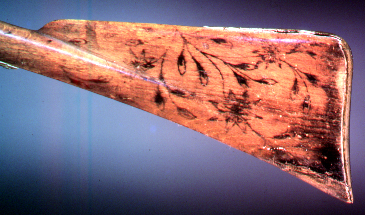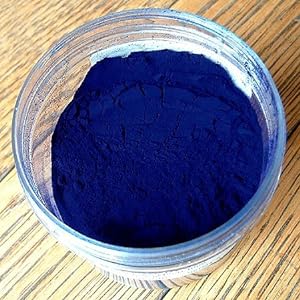- Joined
- Dec 5, 2009
- Messages
- 271
- Reaction score
- 183
I have read descriptions of painted stocks on trade rifles and among these descriptions is mentioned that decorations were sometimes painted on including vines, flowers and polka dots. I have found photos of the vines but the polka dots have alluded me. Does anyone have a reference for one of those stocks? I have this ghastly 1976 era musket with a two piece stock made of some kind of pallet wood that refuses to take stain so I planning on painting it and perhaps doing the decorations too.
The lock and barrel are from the Japanese company that made Browning firearms Miroko (or something like that) and it is a decent lock, with an amazingly nice trigger for what it is. It will never be anything but an impression of a flint lock musket, but it’s a smoothbore that shoots straight; if I can get it looking somewhat better I don’t mind hunting with an ugly piece.
The lock and barrel are from the Japanese company that made Browning firearms Miroko (or something like that) and it is a decent lock, with an amazingly nice trigger for what it is. It will never be anything but an impression of a flint lock musket, but it’s a smoothbore that shoots straight; if I can get it looking somewhat better I don’t mind hunting with an ugly piece.







